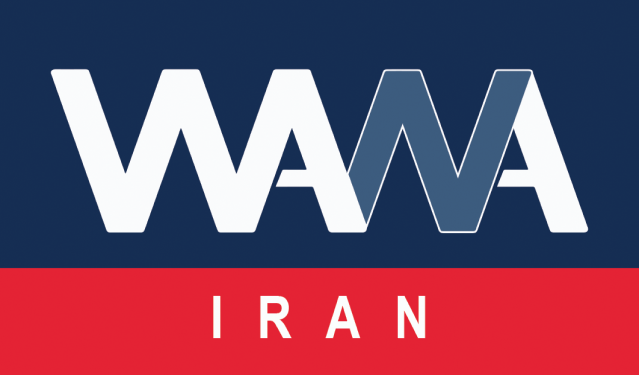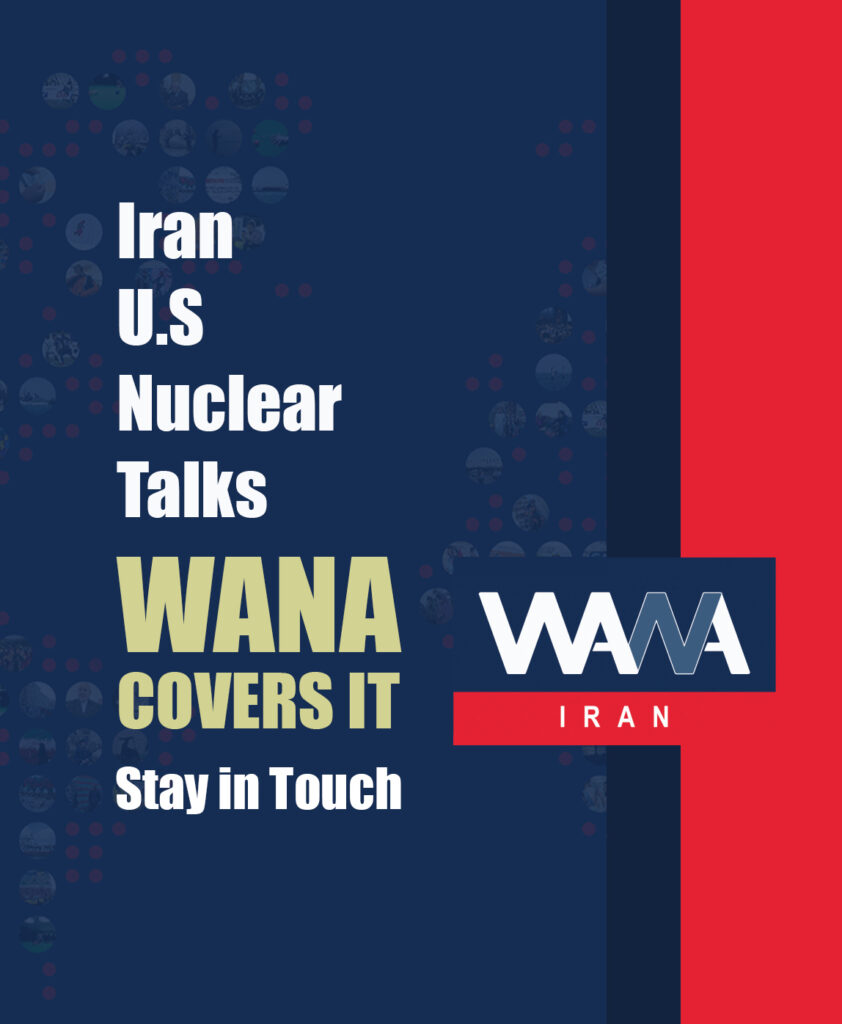Iran Aims to Generate 20,000 MW of Nuclear Electricity by 2041
WANA (Jan 08) – Iran’s Atomic Energy Organization (AEOI) has set an ambitious target to produce 20,000 megawatts of nuclear electricity by 2041, according to its chief, Mohammad Eslami. This bold vision highlights the country’s commitment to expanding its nuclear energy infrastructure despite ongoing international challenges.
Joint Meeting on Nuclear Advancements
A joint session between members of Iran’s parliamentary Energy Commission and AEOI officials took place at the organization’s headquarters. The discussions focused on assessing the production and progress of nuclear electricity as well as the broader achievements of the AEOI.
Eslami emphasized that 2025 marks the 50th anniversary of the organization, adding, “Despite five decades of activity, we still have a long way to go, with numerous opportunities and challenges ahead.” He pointed to international political pressures that have hindered Iran’s nuclear advancements, noting that global powers have sought to limit the nation’s progress in advanced technologies.
Expanding Nuclear Power Infrastructure
Eslami outlined detailed plans for building nuclear power plants along Iran’s southern and northern coasts. Provinces like Bushehr, Khuzestan, Hormozgan, Sistan-Baluchestan, and Golestan have been identified as key locations. The Bushehr Nuclear Power Plant, already operational, has become a symbol of Iran’s capability in energy production. It is celebrated for its safety, efficiency, and zero emissions. Over its operational years, the plant has saved more than 105.7 million barrels of oil and prevented substantial greenhouse gas emissions.
Strategic Goals and Development Plans
The government’s seventh development plan includes a tripling of nuclear electricity capacity. Construction of Units 2 and 3 at the Bushehr plant is underway, with 5,000 workers engaged in round-the-clock efforts. Since 2022, the AEOI has prioritized establishing nuclear power plants along the country’s coastlines, aligning with national energy goals.
Beyond Energy: Diverse Applications
Eslami highlighted the broad applications of nuclear technology beyond electricity generation, including contributions to agriculture, healthcare, industry, and environmental protection. Iran’s nuclear program is also positioned to meet industrial demands for precise instruments and advanced equipment, showcasing the organization’s diverse capabilities.
A Path Forward
Eslami concluded by emphasizing the economic feasibility and long lifespan—at least 60 years—of nuclear power plants. He called for stronger parliamentary support to ensure the success of these projects, which are integral to Iran’s sustainable energy strategy and long-term development plans.












